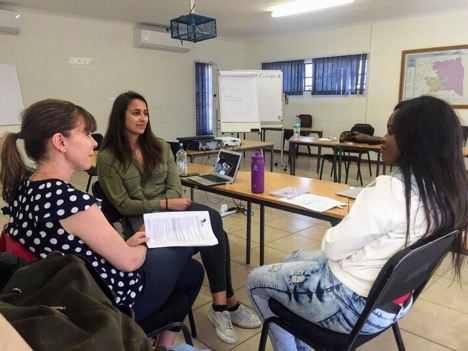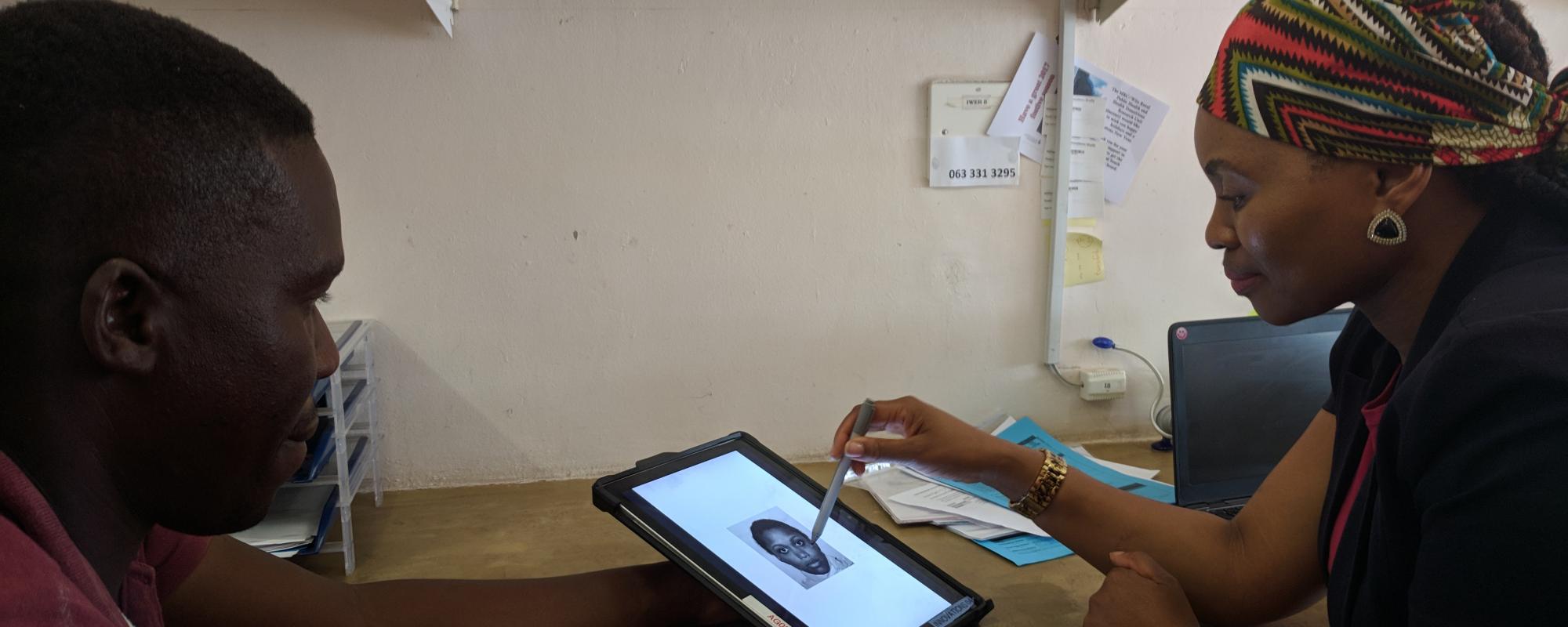Adolescence is a period of biological, cognitive, and social change. During this time, adolescents start to develop their own self-identity, make important life decisions, and acquire the necessary skills to successfully transition to adulthood. Adolescents living in poverty must do all this while they confront many other challenges: they may have to work during school time, experience food scarcity, and face negative income shocks that are difficult — often impossible — to afford. This combination of stressors demands high resilience and cognitive abilities such as executive function and social cognition, which are known to be impaired among people living in poverty.
Partnering with the organisations BRAC and MRC/Wits-Agincourt Unit, researchers are developing and studying an intervention to treat or prevent depression among adolescents in low-resource settings. Relying on digital technology and local peer mentors, researchers will use low-end smartphones to adapt and deliver a tailored psychological therapy, Behavioural Activation ("BA"), among adolescents (15 to 19 years old) living in rural South Africa and Uganda.
BA uses behavioural strategies to target executive function and social cognition. It focuses on two principles. First, it increases activities that are positively reinforcing for the individual (activation) to improve mood. Second, it addresses processes that inhibit activation (e.g. rumination, avoidance). During the sessions, participants learn to set goals, make plans, problem solve, establish routines, reduce avoidance and plan exercises.
Phase 1 & 2. Adapting Behavioural Activation & Measure Validation
In the first phase of the study, researchers will co-construct a BA digital platform with adolescents using an iterative, person-centered design. During these working sessions, prototypes will be presented and feedback elicited.
Researchers will then create a bank of context- and age-appropriate measures of executive function and social cognition. We will pilot these tasks (n=300 in Uganda, n=200 in South Africa) and explore potential floor and ceiling effects, as well as test-retest reliability, task accuracy, duration, latency and efficiency. We will also test the relationship of these measures with risky behaviours and a range of decision-making outcomes.
Phase 3. Feasibility study
Researchers will test effectiveness of digitally delivered BA in reducing and preventing depression. We will do this in two different study sites (rural South Africa & Uganda) with two different populations of adolescents aged 15 to 19 years old (depressed and general population).
In South Africa, we will pilot a randomised controlled trial. Adolescents will be screened using the PHQ-9 and those who score in the mild to moderately severe range will be invited to take part. Individuals will be randomised into either the intervention (n=100) or control group (n=100). The intervention group will receive 6 sessions of BA via the app over 10 weeks supported by 6 telephone calls (15 minutes) by peer mentors. The control group will receive active symptom monitoring digitally. As part of this study, we will also test whether whether executive function and social cognition functions moderate the effects of BA on depression (primary outcome). As secondary outcomes, we will assess risk-taking behaviours and a range of economic and social decisions related to human capital outcomes.
In Uganda we will conduct a feasibility study with adolescents from the general population (i.e. not clinically depressed). Participants will use the BA digital platform over the course of 10 weeks and will be supplemented by brief support phone calls from peer mentors. For exploratory purposes, we will collect measures of executive function, social cognition, and risky behaviours before and after the pilot. At the end of this period, we will conduct focus group discussions to ask for feedback on the platform’s functionalities and performance.

Research ongoing.
